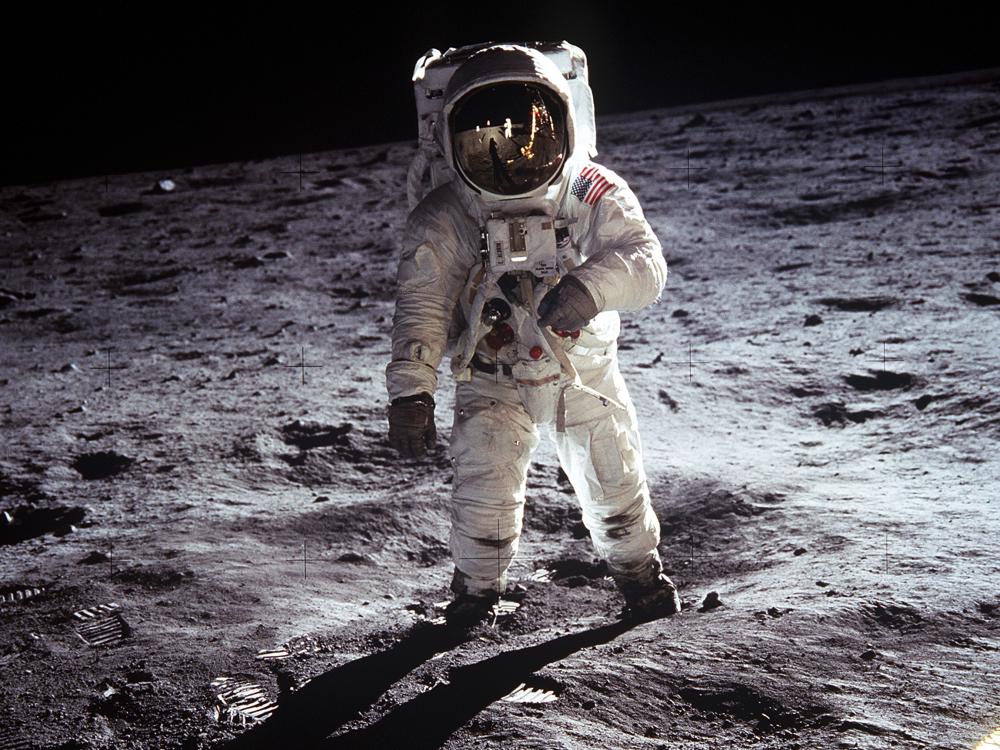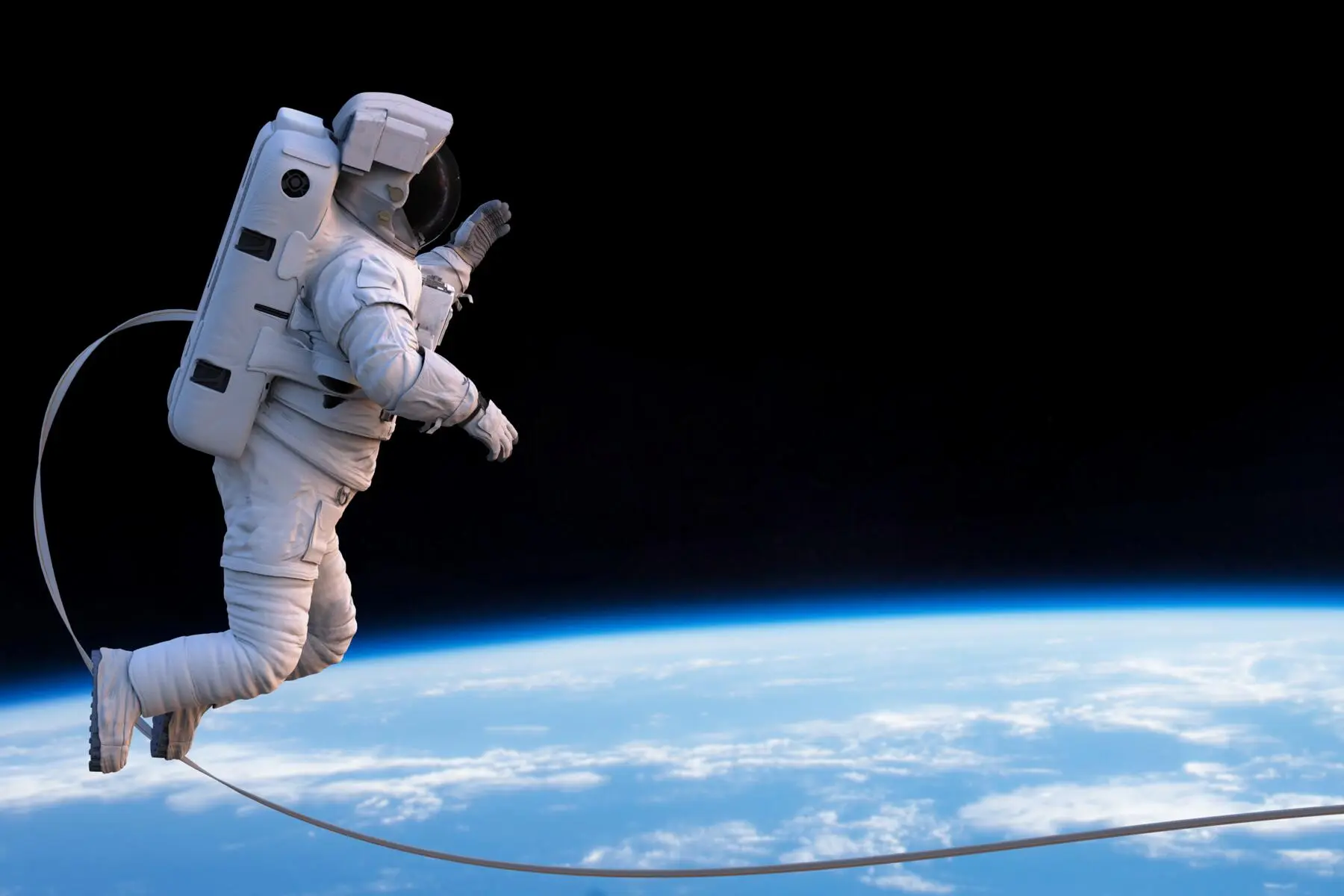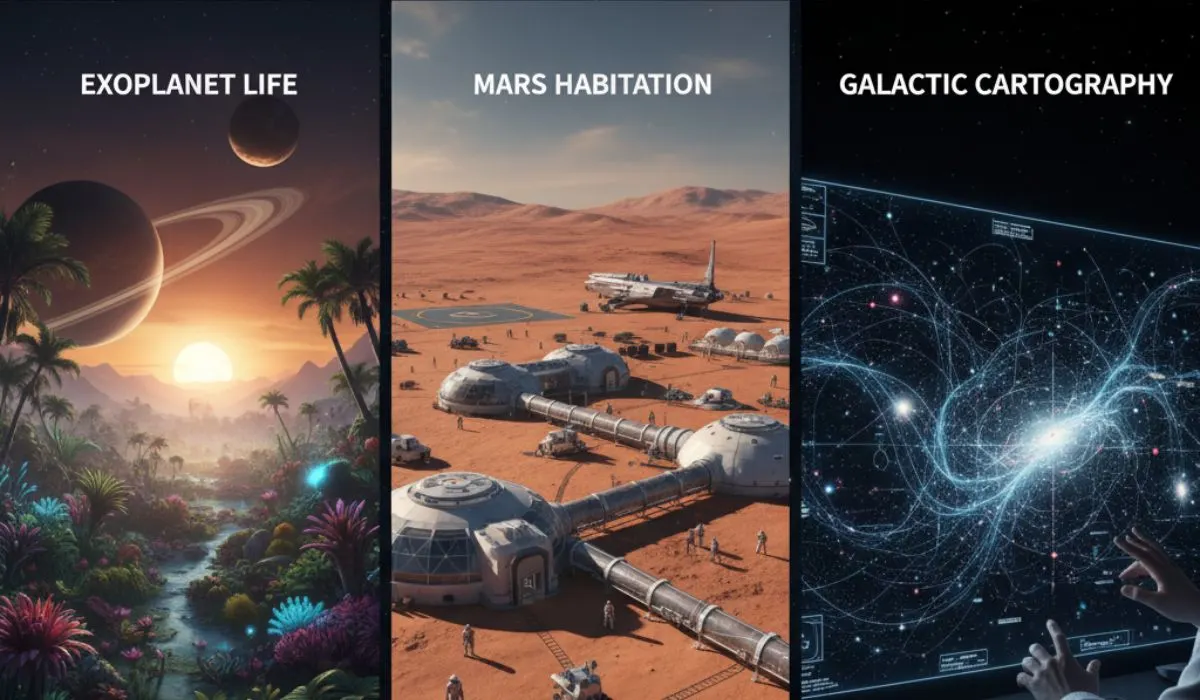It wasn't always the case that astronauts would frequently travel to space. This blog offers a quick overview of the development of human spaceflight history and speculates on possible future developments.
Human imaginations have long been captured by the idea of space travel. Literature has long featured flight dreams, and writers like Jules Verne were writing about space travel as early as the middle of the 19th century. Science fiction found a larger audience with the invention of movies, and people's perception of humans visiting other planets solidified. The race to take humans into space began in the 1940s when rocket technology advanced, opening the door for such fantastical tales to become true.
The Space Race
Early on in the Space Race, the US and the USSR were vying with each other to be the first to accomplish important space exploration milestones. When seen through a modern lens, these competitive tendencies occasionally resulted in actions that seem callous, like when Laika the dog became the first living thing to orbit the Earth even though the Soviet Union lacked the de-orbiting technology necessary to safely return her to Earth. It is indisputable, nonetheless, that this rivalry also contributed to remarkable advancements in technology.
When Yuri Gagarin became the first person in space on April 12, 1961, human space travel finally became a reality. He made one safe orbit of the Earth during his little under two-hour trip on Vostok 1. This accomplishment transcended the customary reticence of the Cold War era and captured the attention of people everywhere, turning him into an international celebrity. He traveled to several nations during the ensuing years, many of them in the West, including the United Kingdom.
Naturally, this achievement did not end the Space Race; rather, it strengthened American resolve to mount a sufficiently strong defense. The Americans quickly declared their intention to put people on the moon in public. Even though the Soviets were secretive about their goals, it soon became apparent that they had the same objective. The race was underway again.
Moon Landings

Both nations made tremendous efforts to accomplish that goal during the 1960s. The Soviet Luna 9 mission made the first soft landing in 1966, while the first close-to-Moon probes had already flown in the previous ten years. Throughout the 1960s, the two nations exchanged significant firsts in space flight, such as the first spacewalk, longer-duration human missions, crossing Low Earth Orbit, and the in-flight docking of two crewed spacecraft.
These were all crucial steps toward the goal of putting humans on the Moon, and in July 1969, Neil Armstrong and Buzz Aldrin became the first people to set foot on the surface of another celestial body, fulfilling a lifelong dream. The United States at last achieved the Space Race's pinnacle achievement with Apollo 11, the first landing on the Moon.
Over the following three years, five more American missions made successful Moon landings before Apollo 17 became the final one due to political and popular skepticism regarding the associated expenses. By December 1972, there were still only sixty space travelers.
Returning To Earth
Both nations shifted their attention inside after technical setbacks to the Soviet lunar mission. Many short-term space stations were deployed into Low Earth Orbit in the 1970s: the Soviet Union's Salyut space stations and the United States' Skylab space station. A truly symbolic example of the thawing of relations was the joint mission between the Soviet Union and the United States in 1975, which saw the docking of an Apollo spacecraft and a Soyuz capsule while in orbit.
Small measures were taken to expand the variety of spaceflight passengers in the 1980s, and these advances have grown more and larger in the decades that have followed. The Soviets built space station Mir, the first permanent space station dedicated to scientific study, and the Americans launched the Space Shuttle program, which produced a sizable, reusable vehicle. Additionally, the two superpowers continued to cooperate. Several US Space Shuttle missions made visits to Mir in the 1990s. Following this, the US and Russia worked together with several other countries to build and run the International Space Station. You may also read this: The Benefits Of Space Exploration
Expanding Our Horizons Once More

During this time, space flight was restricted to Low Earth Orbit, but human imagination was not. The first steps are being done towards the fascinating prospect of visiting other planets. For the first time in more than 50 years, people will return to the Moon as part of NASA's Artemis program, which is being run in conjunction with a number of other space agencies. Furthermore, the ultimate goal this time is not a quick trip to the Moon. Building on it, there are proposals to build the Lunar Gateway, a space station circling the Moon, possibly create a permanent base there, and eventually send humans to Mars.
The Space Travel Democratization?
There are now more than two government organizations involved in space travel. China launched its first people into space in 2003, and India is expected to follow suit shortly after. A number of commercial businesses have also launched human spaceflights within the past 20 years.
Space travel is presently unaffordable, but in the future it will undoubtedly become more widely available. Who knows, maybe in a few decades space travel will become as commonplace as boarding an airplane is now. Perhaps in the future, travel posters such as this one will just naturally become a part of our vacation schedules.







